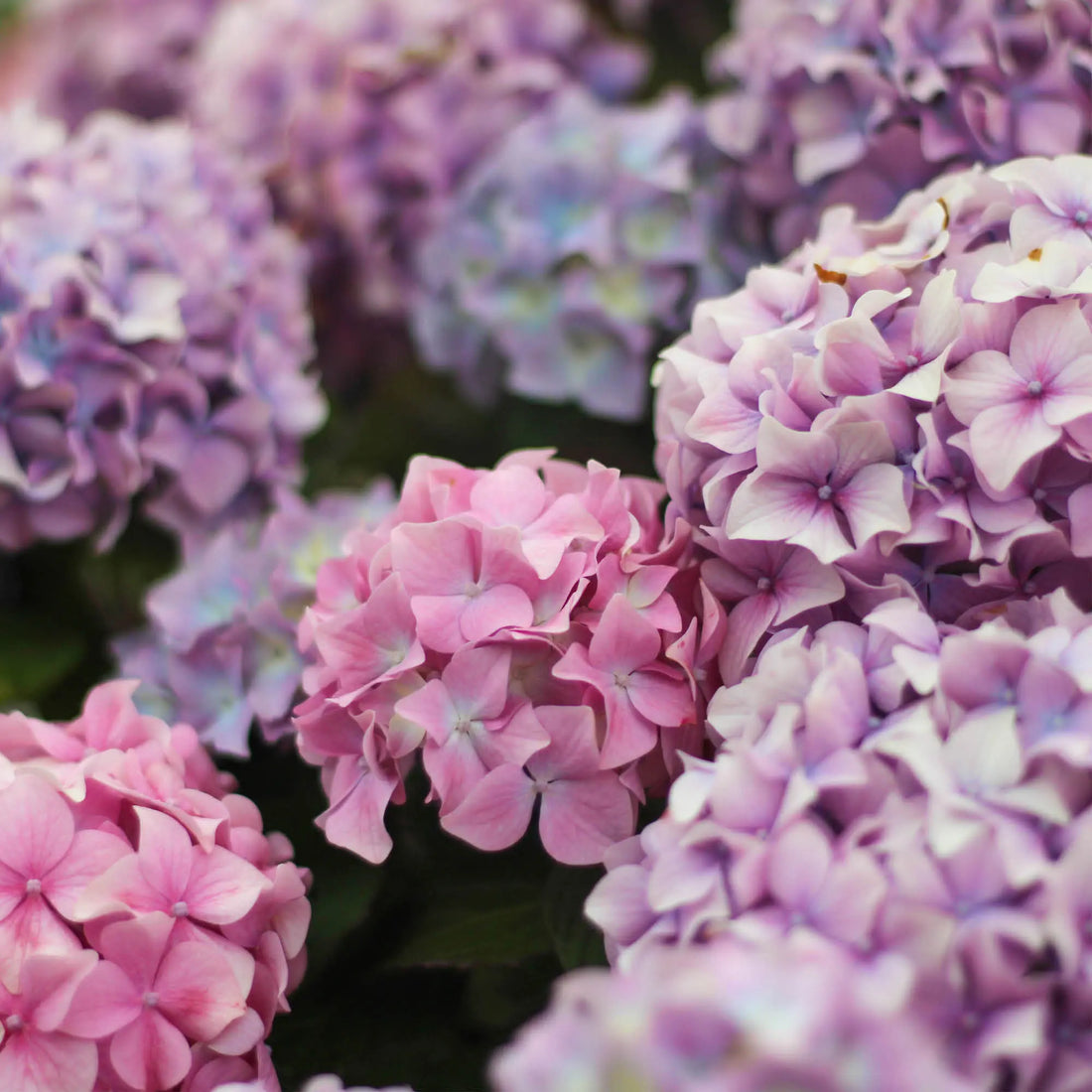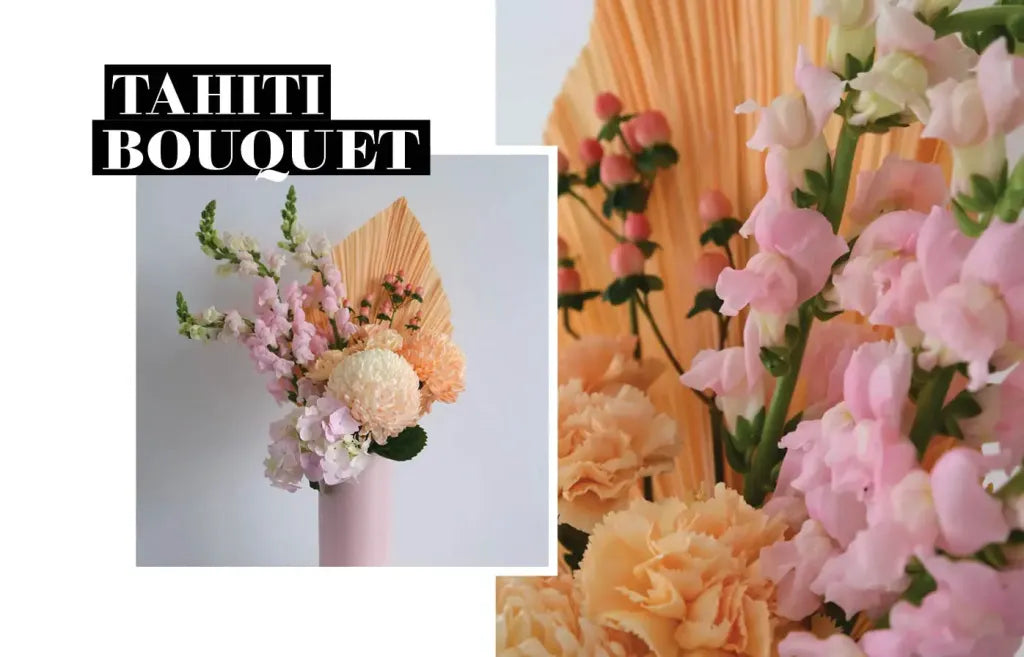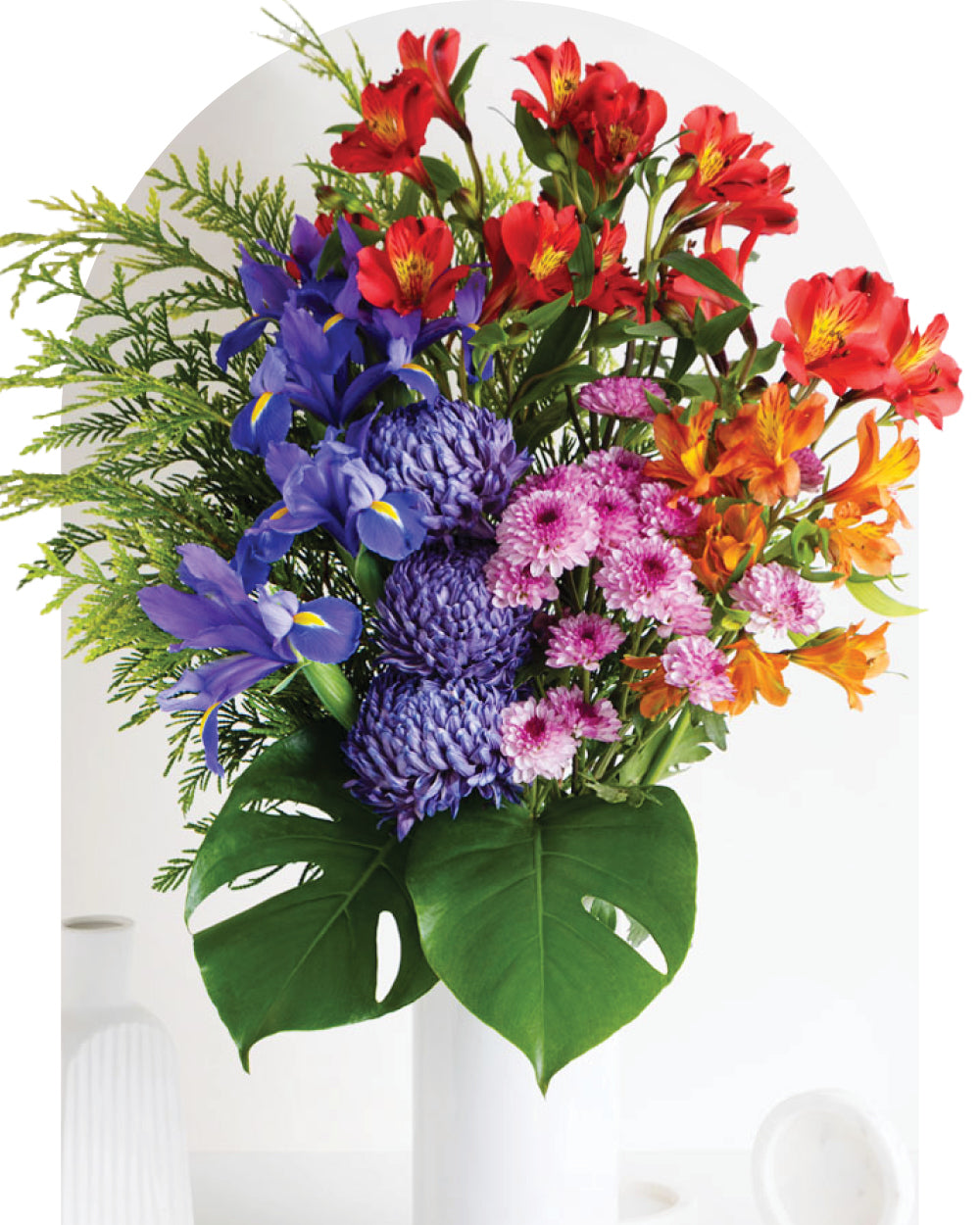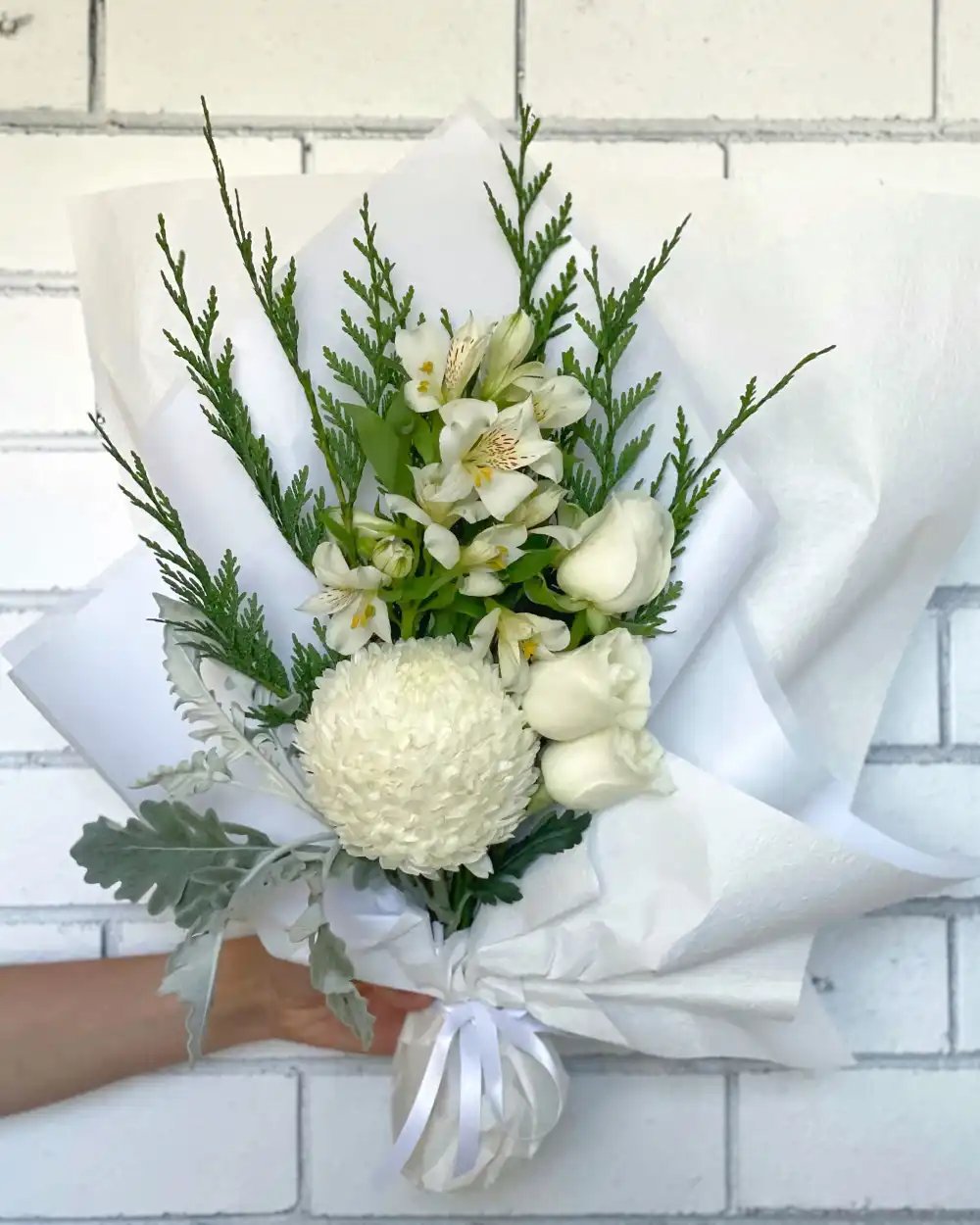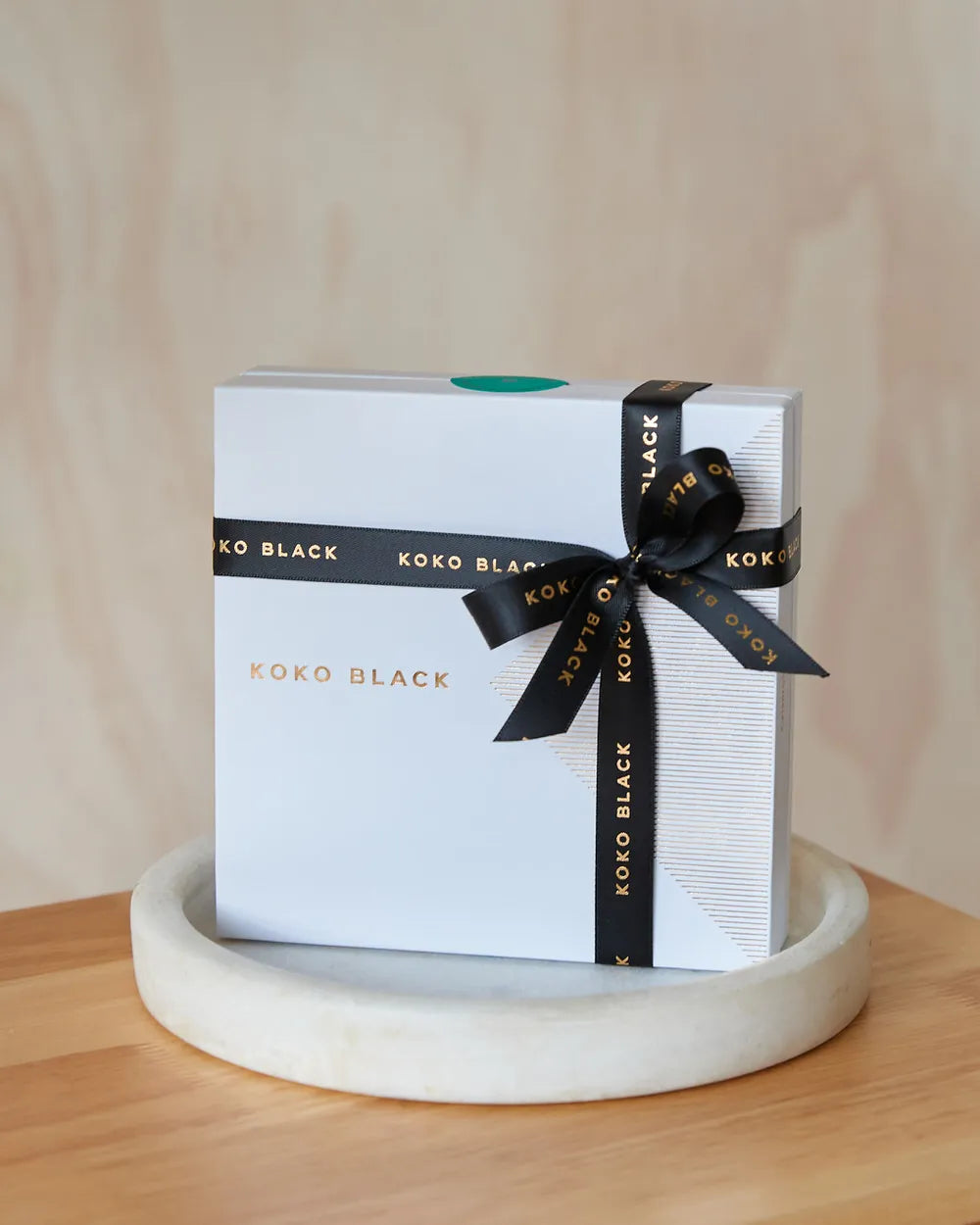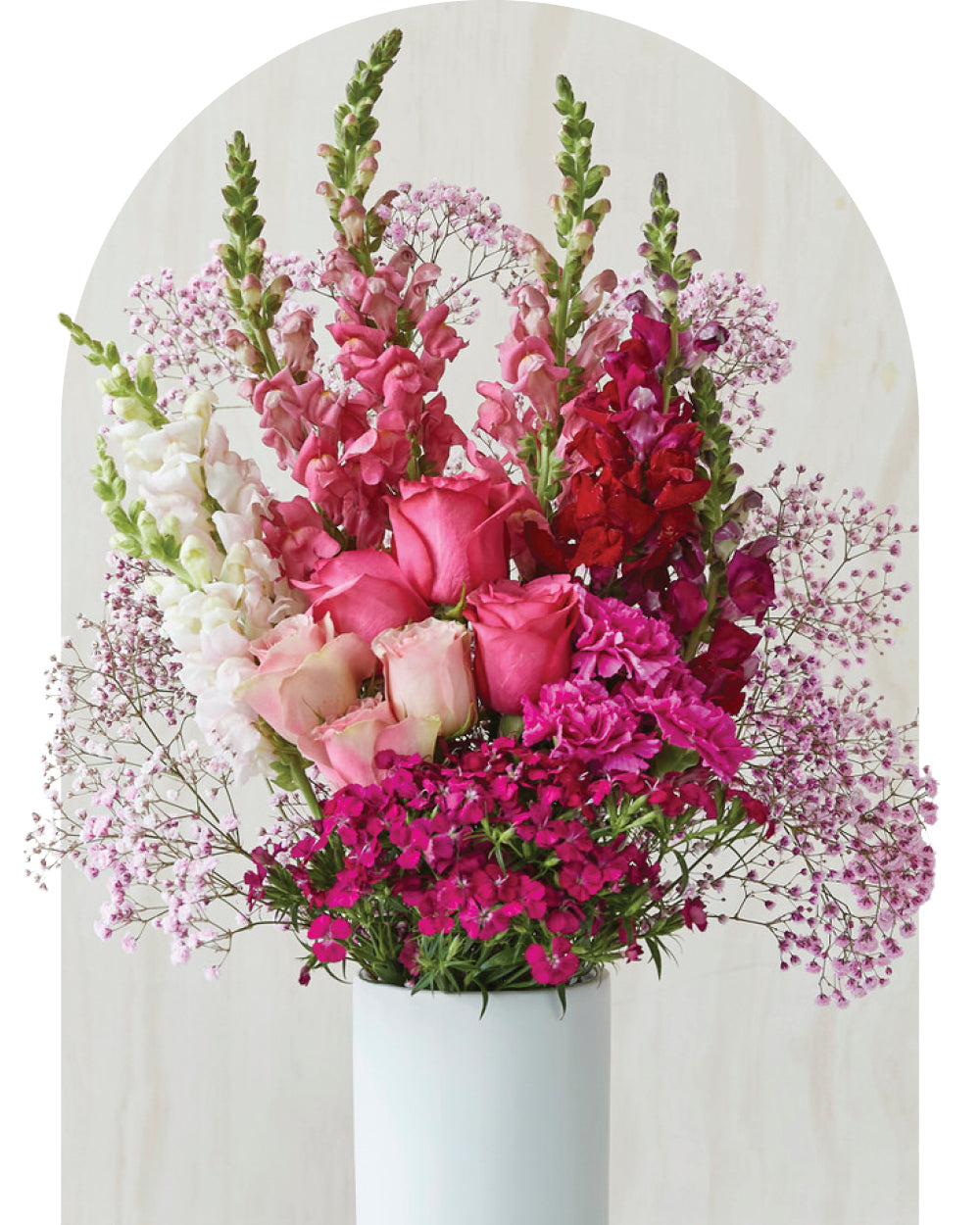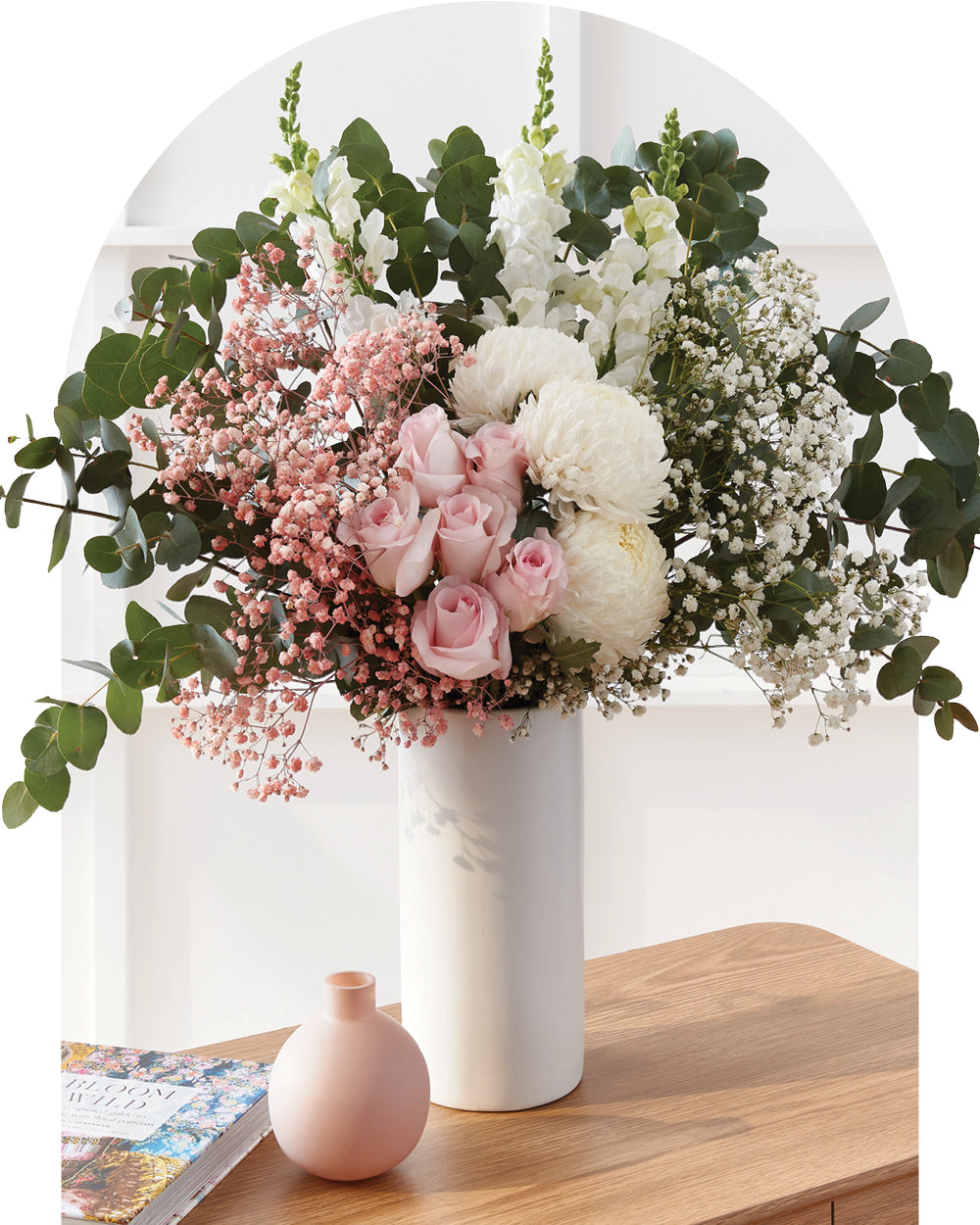These prehistoric flowers may seem old-fashioned, but with large colourful flower heads in a variety of shapes and sizes, the iconic Hydrangea is a beautiful addition to any arrangement.
They have a long and storied history, from their spiritual importance in Japan to use in native American medicine. So they’re not just a pretty face! We think Hydrangeas deserve a spotlight, so we’ve put together some fascinating facts for you. Read on for more.
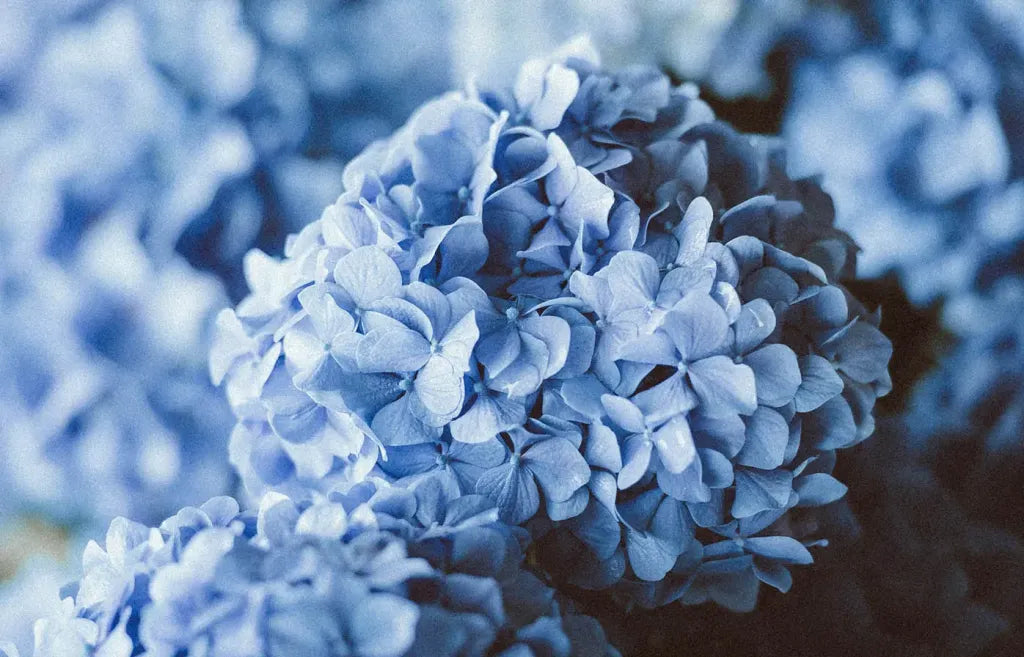
Fun Facts about Hydrangeas
- Hydrangeas have been found in fossils from over 45 million years ago, making them nearly as old as dinosaurs.
- There are a whopping 75+ species of Hydrangea.
- They’re originally native to Asia and the Americas.
- They were first cultivated in Japan and didn’t appear in Europe until they were brought over in 1736. But they are now grown across the globe – including Australia!
- Hydrangea flowers are in season in Australia from early spring to late autumn.
- Hydrangeas are known to have huge flowers and grow in big bushes. They can actually reach up to 15 feet in height, and their flower heads can grow up to 12 inches in diameter!
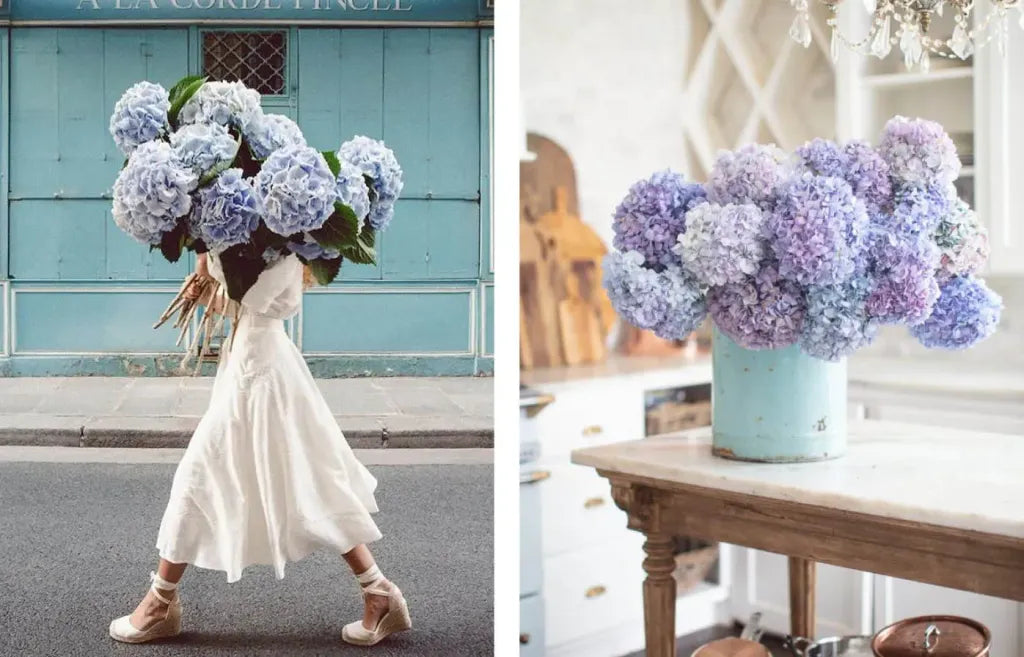
- You might be surprised to know that there are two different flower arrangements in Hydrangeas. “Mopheads” are large round flower heads that look like pom-poms – or the head of a mop! Lacecap flowers, on the other hand, have round, flat flower heads.
- The flower heads of the lacecap variety also each have two types of flowers. You’ll find a centre of smaller, less colourful flowers, which are then surrounded by an outer ring of larger, more colourful, showy flowers.
- Most species of the flower have no fragrance whatsoever.
- The flowers produce very sticky pollen, which means the wind has a hard time blowing it around. This means that they’re often a great flower for people with pollen allergies, both in the vase and garden.
- The name Hydrangea is derived from two Greek words, which together mean ‘water vessel’ because its seed capsules are thought to be shaped like one.
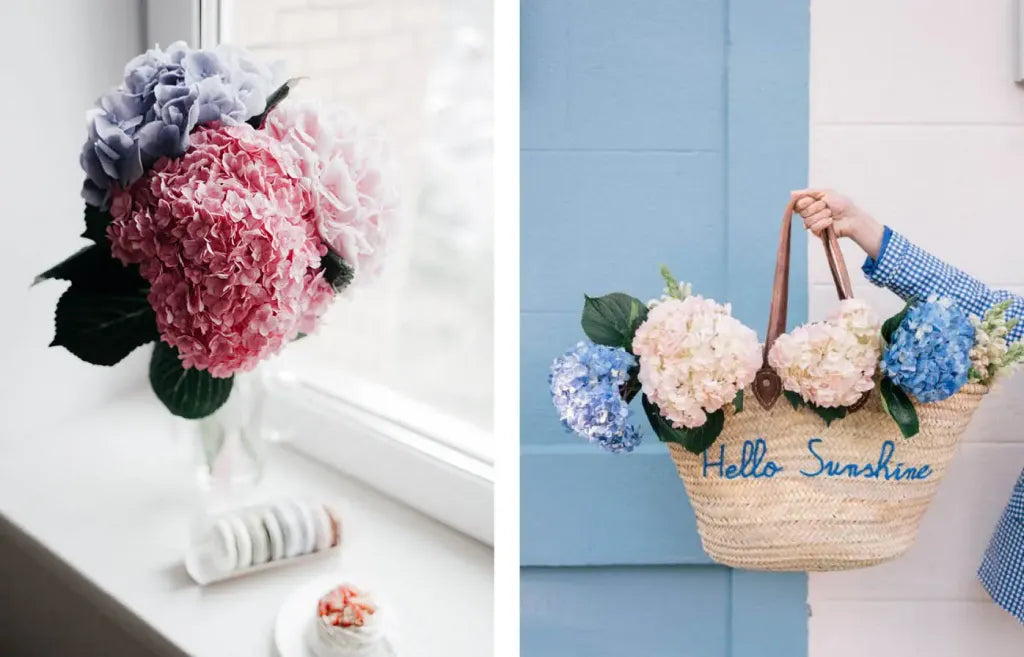
- Hydrangea has the common name of Hortensia, which comes from the French name “Hortense”. Some say this name derives itself from the French astronomer and mathematician Nicole-Reine Hortense Lepaute. However, she reputed this herself, suggesting that the name came instead from the Latin for garden (“hortus”).
- In ancient Japan, emperors would give Hydrangeas to their handmaidens as a thank you. Nowadays, the tradition continues in some ways, as the flowers have come to be known as a sign of gratitude.
- Victorians, on the other hand, believed that Hydrangeas were a symbol of boastfulness or vanity! Thankfully, this sentiment has seemed to have disappeared…
- Today, the colours of a Hydrangea are also said to have different meanings. Blue is used for apologies or gratitude, white symbolises purity, purple and red signify romance and true love, and pink represents pride.
- Hydrangeas are also a common fourth wedding anniversary gift, as a symbol of beauty and enduring grace.
- Hydrangeas are moderately toxic when eaten, but have been used medicinally for a long time! In fact, they were used by the Cherokees and Buddhist monks in cleansing rituals.
- To this day, sweet tea in Japan, called ama-cha, continues to be made from Hydrangeas. In Korea, there is another herbal tea called sugukcha or isulcha, also made from this flower.
- Japanese legend says that nine dragons poured a substance called “amrita” over the Buddha on the day he was born. Therefore, every year, on the day the Japanese celebrate his birth (the 8th April), ama-cha (the sweet Hydrangea tea) is poured over a statue of Buddha in substitution for amrita, and is then served to those observing the ceremony.
- In 1999, Hydrangea Quercifolia was named the official state wildflower of Alabama.
- Hydrangeas act as natural pH indicators. Their flowers turn blue when the soil is acidic, and pink when the soil is alkaline. Because of this, the Hydrangea is also known as the “Change Rose”.
Fill your home with Hydrangeas
We hope we’ve opened your eyes to the timeless beauty of the Hydrangea. We love these special, statement-making blooms, and use them in quite a few of our bouquets this time of year. We’re very lucky to have a local Hydrangea farmer that delivers the freshest picks to us every week. This means they can continue to serve pride of place in our Tahiti, Calais, and Derby bouquets, as well as our seasonal Christmas collection.
Whether you want to display bold and beautiful blooms in your own home, or you’re looking for an anniversary gift or a present for a loved one, Hydrangeas are always a great choice. Shop bouquets now to discover your favourite Hydrangea bouquet.


